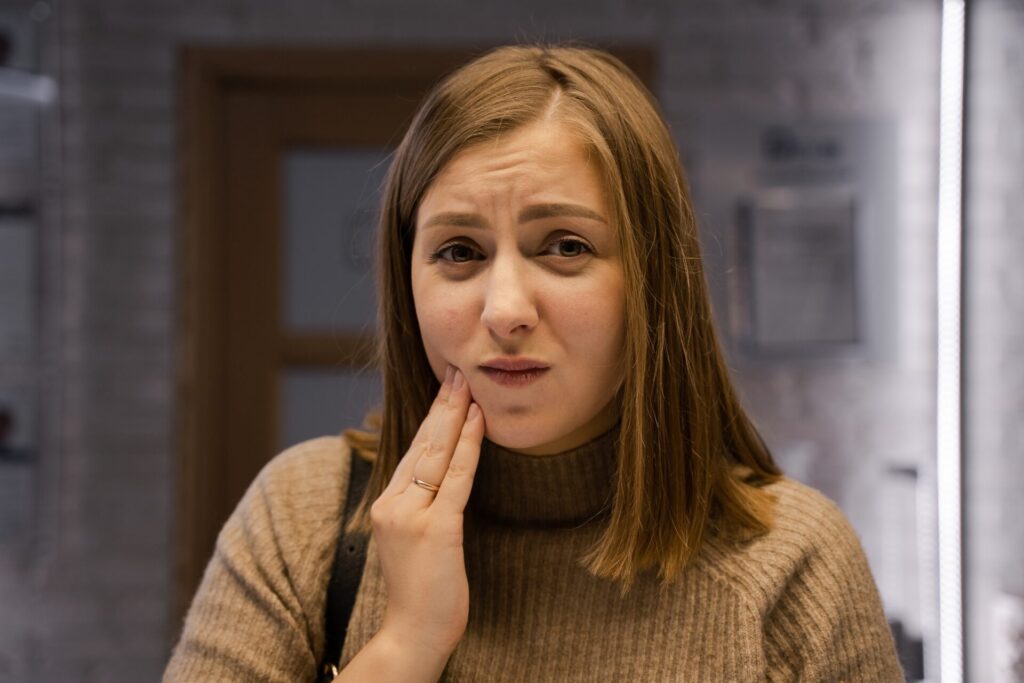An Overview of Tempomandibular Joint Dysfunction (TMD)
Introduction
Temporomandibular Disorder (TMD) is a group of conditions characterized by pain in the temporomandibular joint (TMJ), which connects the lower jaw to the skull. This disorder can cause difficulty with chewing, speaking, and other everyday movements. TMD affects people of all ages but is more common among women than men. It is important to understand the potential causes and treatment options of TMD, in addition to preventive measures one can take to reduce the risk of developing this disorder.
Causes of TMD
The cause of TMD (Temporomandibular Disorder) remains unknown. However, potential factors that may contribute to TMD include misalignment of the teeth, arthritis in the joint, or jaw injury. Additionally, underlying factors like stress, muscle tension, and teeth grinding can further contribute to the pain commonly associated with TMD. Understanding these potential causes and their interplay can help in managing and addressing this condition effectively.
Symptoms of TMD
The most common symptom of TMD is pain or tenderness in the jaw, face, neck, and shoulders. Other symptoms include headaches, difficulty chewing, clicking or popping sounds when opening the mouth, limited ability to open the mouth wide, and locking of the jaw.
Diagnosing TMD
If you are experiencing any of the symptoms commonly associated with Temporomandibular Joint Disorder (TMD), such as jaw pain, clicking or popping noises, headaches, or difficulty chewing, it is crucial to seek professional evaluation from a qualified doctor or dentist.
During the evaluation, your doctor will likely conduct a comprehensive examination, which may include taking x-rays and performing physical exams, in order to identify and understand the potential underlying causes of your pain and discomfort. Based on their findings, they will then develop a personalized and effective treatment plan tailored to your individual needs and condition. Remember, early diagnosis and intervention can significantly improve the overall prognosis and quality of life for individuals with TMD.
Therapy Treatment Options for TMD
Physical therapy is an important treatment option for TMD. Physical therapists can use exercises to strengthen the muscles around the TMJ and improve range of motion, as well as teach relaxation techniques to reduce muscle tension. Other therapies such as ultrasound, electrical stimulation, and hot/cold packs may also be used to help manage pain associated with TMD.
Preventative Measures for TMD
While it may be impossible to completely prevent some cases of Temporomandibular Joint Disorder (TMD), there are proactive steps one can take to lower the risk of its development.
One such step involves avoiding extreme jaw movements, such as yawning excessively or engaging in prolonged periods of uninterrupted speech. Additionally, maintaining good posture is crucial to alleviating strain on the neck and shoulders, which can contribute to TMD. Furthermore, opting for soft foods can help reduce the likelihood of exacerbating TMD symptoms. Lastly, consciously avoiding clenching or grinding of the teeth can also play a role in mitigating the chances of developing TMD.
When to Seek Medical Attention
It is crucial to have symptoms related to temporomandibular disorders (TMD) evaluated by a qualified doctor or dentist without delay. Neglecting the early signs of TMD can result in progressive joint damage, which in turn can exacerbate the symptoms. Seeking timely medical attention plays a pivotal role in averting long-term complications associated with TMD and ensuring optimal management of the condition.
Conclusion
TMD is a common condition that can cause pain, stiffness, and other symptoms. It is important to be mindful of potential causes and ways to prevent TMD. Physical therapy can be an effective treatment option for managing the symptoms associated with TMD. If you experience any of the signs or symptoms related to TMD, it is important to seek medical attention as soon as possible to prevent long-term damage.

